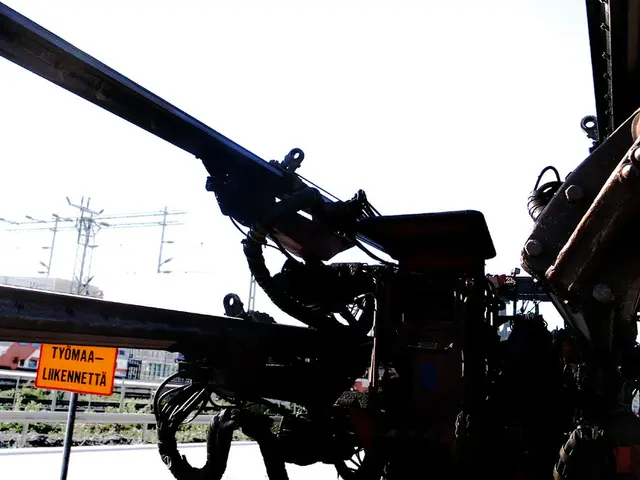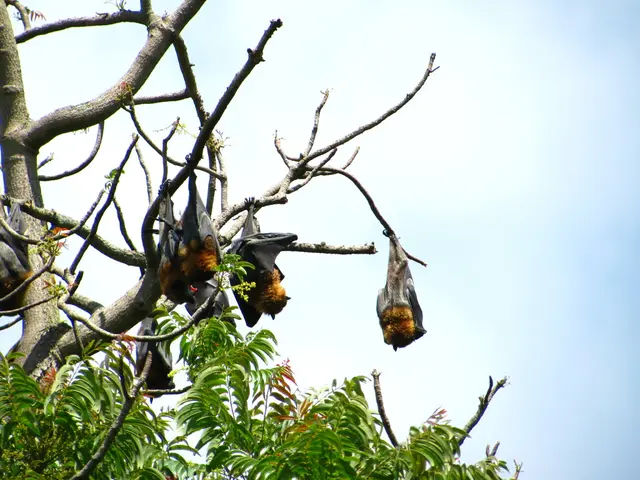Shooting stars are exceptionally impressive under these conditions
Capturing the Perseids Meteor Shower with Your Smartphone
The annual Perseids meteor shower, set to peak on the night of August 12-13, promises a dazzling display of shooting stars. However, this year's bright moonlight may present a challenge for photographing these celestial wonders using smartphones.
To increase your chances of capturing stunning Perseids meteor shower photos on your smartphone, consider using astronomy and planning apps such as PhotoPills, Stellarium, SkySafari, Sky Guide, or Star Walk. These apps help locate the Perseid radiant point and show constellations, improving your aim and enhancing your chances of capturing meteors.
When it comes to photography settings, enable or use a night mode or long exposure app on your smartphone if available. Some modern phones support long exposure settings or dedicated night sky modes, allowing the sensor to gather enough light to capture meteors streaking across the sky. Aim your phone at a dark area of the sky away from city lights for maximum visibility. To ensure stability during long exposures, mount your smartphone on a stable tripod or surface.
Be prepared for multiple shots or time-lapse sequences, as meteors appear unpredictably and exposures need to be long enough to catch a meteor streak. On the night of Tuesday to Wednesday, there will be a waning gibbous moon, which may interfere with your shots. To mitigate this, try to aim your shots away from the Moon and focus on areas of the sky with the least moonlight interference. If possible, choose nights when the Moon is below the horizon or in a phase that produces less brightness.
Meteors cannot be predicted, according to expert Liefke. However, overlaying several images of meteors can result in multiple meteors in one picture. Liefke recommends taking multiple pictures of meteors and deleting the ones without meteors. For a more impressive display, consider combining multiple pictures of meteors in photo editing.
The constellation Perseus, from which the meteors seem to come, is better visible in the second half of the night. On the night of August 9th, there was a full moon, which may have made the constellation Perseus harder to see. Despite the moonlight challenges, the Perseids meteor shower is still expected to be a spectacle worth capturing with your smartphone.
[1] PhotoPills - https://photopills.com/ [2] Smartphone Photography - https://www.dslrguides.com/smartphone-photography/
Read also:
- British firm Skyrora receives approval for domestic space launches from UK authorities
- LED-illuminated celestial display opens in Prague's new planetarium
- Received an Email About Starlink from BDO? Here's Essential Information You Shouldn't Miss Out On
- Researchers Explore The Possibility of Our Reality Being a Computer-Generated Simulation








